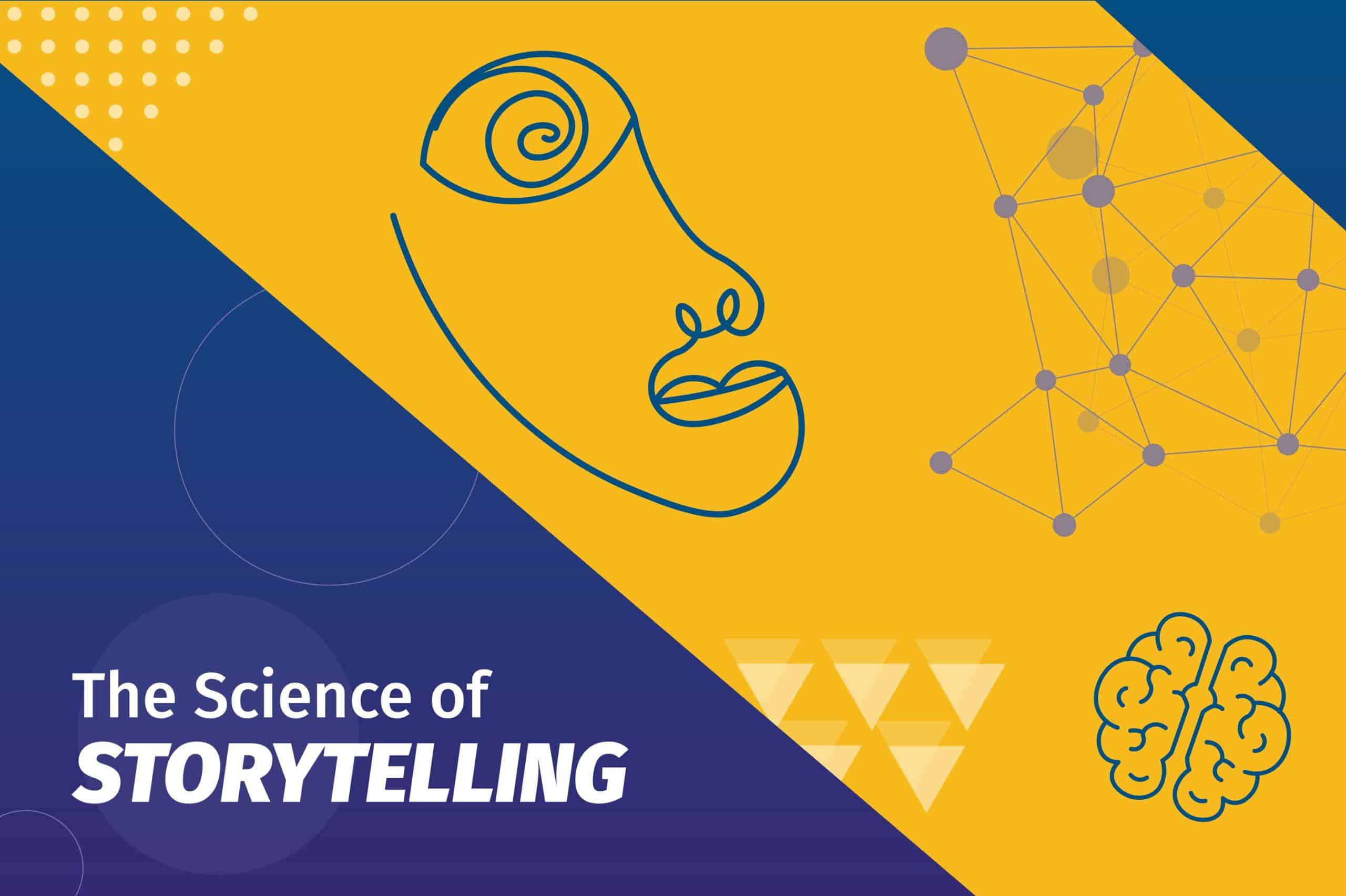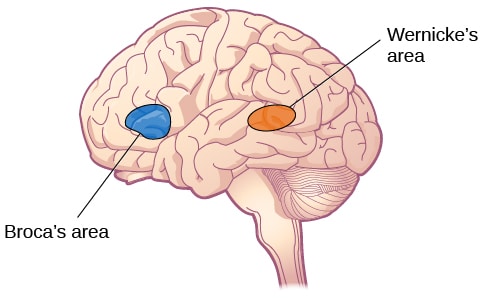
Who doesn’t like a good story, eh?
Since the dawn of civilization, humanity has been knit together tightly by stories – the stories of our ancestors, the stories of our conquests, and the stories of failures we hope to never repeat.
We pass these tales from generation to generation to connect with our past and to build a better future.
On a smaller scale, we tell stories to engage with the people around us in a meaningful way. What do you do when you grab a coffee with a friend you haven't seen in a while? Typically trade stories back and forth to get a picture of what your lives have been like since you last met, right? Or you’re just one of those friendships that can read minds to catch up 😉
Stories are the lifeblood of human connection. If you hope to become an impactful brand, it’s vital to truly speak to your audience.
The art and science of storytelling can help you to engage, influence, teach, and inspire your potential clientele. But what exactly helps one become a skilled storyteller? We broke it down for you.
What is the Benefit of Storytelling for Your Brand?
As a brand, you may want to let your product or service speak for itself. But the fact of the matter is, you must build credibility and trust with your audience.
Storytelling is a great way to tap into the hearts and minds of the listener. It can make your brand more relatable and thus more palatable to a potential new client or customer.
Storytelling also helps your audience synthesize and comprehend new information. As you present your brand and the desired message, you want the listener to retain as much information as possible. Crafting a compelling story is a way you can present your message in a more impactful, memorable package.
Define “Storytelling”
Storytelling is a form of human expression as old as civilization itself. It’s an essential part of communication and many different types of art forms. Generally speaking, storytelling is an interactive form of connecting through words and actions that share elements and imagery of a story. It also relies on the imagination of the listener.
Yes, Charades are a form of storytelling.
What Are the Key Qualities of a Story?
Conflict drives a story. Challenges and problem-solving are innate aspects of the human experience. Since storytelling is often a mirror of our lived experiences, it makes sense that conflict makes for a compelling story.
Forward motion or change is a must in any story. You want to take your listeners on a journey. It’s not enough to just have conflict, you must take the story beyond that. Convey a sense of progress or forward motion. This can help provide catharsis or kinship with the listener and the story will stick with them more easily.
A human element helps to create a connection with your listener. Even stories without human characters in them can maintain this element. Say you’re sharing a story about how to care for house plants. If you want to draw your listener in, you may personify the plants. You may something like, “Peace lilies can be fickle things. They demand a bit of extra TLC compared to easier houseplants. Keep them happy by placing them in a bright location and be sure to give them plenty of water to drink”.
Encourages listeners to use their imagination. You don’t need to fill in every gap while telling a story. Part of what makes storytelling so impactful is giving the listener power to play a role in creating the narrative. Give them the space to use their imagination and insert their perspective into the story.
What Happens When You Don’t Engage in Good Storytelling?
The human brain is hardwired for storytelling. We process the world around us through stories – big and small. Don’t underestimate how powerful this tool of connection and communication can be as it pertains to your brand and business.
Failing to craft a story your audience will resonate with can potentially result in your message getting lost in translation. They may not see why your brand is relevant to their lives and choices.
Our brains process language through regions known as Broca’s area and Wernicke’s area. They work to distill words and other communication tools through the lens of an individual’s lived experiences. It’s tailored for storytelling.

When you don’t format your data in a digestible story format, these regions of the brain work hard to translate your point into a meaningful story for future reference.
The danger of not telling a story is leaving your intended message up for interpretation. In fact, giving your audience information without any storytelling to communicate it could even result in them coming to a completely different conclusion than you intended. Our brains could potentially take your data and walk away without any clue what your brand truly stands for.
What is the Science of Storytelling?
We can all discern a good story from a bad one. There is an art to the act of storytelling. This ancient form of communication has evolved into an even larger facet of our shared global community. We can share stories from halfway across the globe – translating them, resonating with them, and discovering a shared kinship tethering the human species together.
Yes, at its core, storytelling is an art. But there is a science behind storytelling as well.
When we hear a story, we tend to mentally place ourselves in the given situation. This subconscious display of empathy and catharsis can help an individual better catalog information for later use. It’s easier to remember certain things when we can trace them back to our own lived experiences.
So when you tell your audience a story rich with gripping details, emotion, and relatable characters, they are more likely to receive your intended message.
The science of storytelling essentially hinges on recognizing that the human brain thrives off of processing vicarious experiences.
How can your story tap into your audiences’ own experiences and find a spot in the internal data banks of their brains? We are constantly seeking new knowledge to inform our own future decisions.
It’s your job as a storyteller to find your brand’s values and craft a story that will trigger a compelling vicarious experience for your audience.
Of course, a marketing company focused on branding can also craft this intriguing story 😉
How Do Stories Impact the Brain?
As we take in the details of a story, we not only digest and process the words – our brains also stimulate regions associated with the events of the story. If a story is rich in descriptive detail about the feeling or taste, your sensory cortex lights up. When a character is in action, your motor cortex lights up.
This helps a listener connect to a story on a deeper level. According to neuroscientist, Uri Hasson, “a story is the only way to activate [these] parts in the brain so that a listener turns the story into their own idea and experience”.
As you weave a tale about your brand, ripe with descriptive elements, you can leave an impact on your intended audience.
What Goes Into Telling a Compelling Story?
When crafting a story, don’t neglect to include relatable human elements. Don’t be afraid to draw from your own personal experiences. The more you connect with what matters to you, the more likely you are to connect with your audience.
You may also feel pressured to create a unique, never-before-heard story but try to resist this impulse. Storytelling is built on shared experiences, borrowed language, and a sense of familiarity. Don’t overcomplicate your storytelling by forcing this sense of absolute originality.
At the end of the day, even seemingly far-off stories tend to have a root in humanity that we can all relate to if we listen with an empathetic ear.
Why Does My Business Need Story Telling?
You’re not just selling yourself to potential customers – you’re building an interpersonal relationship. People tend to gravitate towards purchases and professional connections that speak to them on a personal level. When you hook a person via storytelling, you gain their loyalty and trust. But when you fail to breathe life into your brand, people have no motivation to offer you their time and attention.
How Do I Tell a Story While Running My Business?
What is a business but a community of individuals working together towards a common goal to propel your brand toward success? When crafting a story, don’t forget to insert the human nature of your company. Tell a story about your employees and how hard they work to keep the company afloat. Share testimonials from customers that love your brand and how it fits into their life.
People don’t buy products – they buy experiences.
At the end of the day, you sell someone on the user experience and the way your product or service fits into their story.
But what is your business story? It’s how your company came to be. It’s the work you do on a daily basis to continue growing. It’s the impact your brand, product, or service has on the world around you. These are the human elements you need to keep in mind when crafting your business story for the public.
Here are some ways to spread your story as a business:
- Social media – share day-to-day content featuring the people of your business on social channels.
- Video marketing – tell a more detailed story about your business, your brand story, individuals in your company, or your product.
- Branding – the colors, fonts, and visual elements you select all tell a story about who you are as a company and who your target audience is.
- Graphics – paint a picture of how your company or product can serve people.
- Person-to-person interactions – be sure your sales team and client-facing team members know your story inside and out. Train them to convey how your offerings can add value to your potential customers’ lives.
Examples of Amazing Storytelling
With mass, global communication being more accessible than ever, it’s an exciting time to be a storyteller. The world is rich with stories to draw from and opportunities to reach new audiences.
Just like any craft, it’s important to stay plugged into the world of storytelling and never stop learning how to improve your messaging. Here are some examples to draw inspiration from:
Airbnb
Airbnb is one of the most recognizable brands out there right now. They hone in on a message rooted in community and local hospitality.
“We aren’t as closed off from one another as once believed.”
“Strangers are only friends we haven’t met yet.”
"Strangers" drives that point home through the tale of a family of furry beasts finding a home away from home in an Airbnb. The call to action is for homeowners to open their doors to not-so-strange strangers.
Patagonia
Communicating a brand message goes beyond simply selling a product – it’s about forming a complex, fully-realized identity that your audience resonates with.
Beyond being a well-known clothing company, Patagonia is also very involved in the push toward more sustainable living. Through the story of a family working within their means to build beautiful, eco-friendly homes, they highlight their values while sharing interesting information with their audience.
Engaging in Storytelling Online
The emergence of the internet opened up a whole new world of storytelling potential. There’s a deep well of tools, resources, and mediums to help you better format your brand story.
You can create a visual landscape through video or paint a picture for your website visitors through written storytelling.
The best way to share a story online is to deduce what medium resonates with your target audience and format the information you want them to retain in this packaging.



